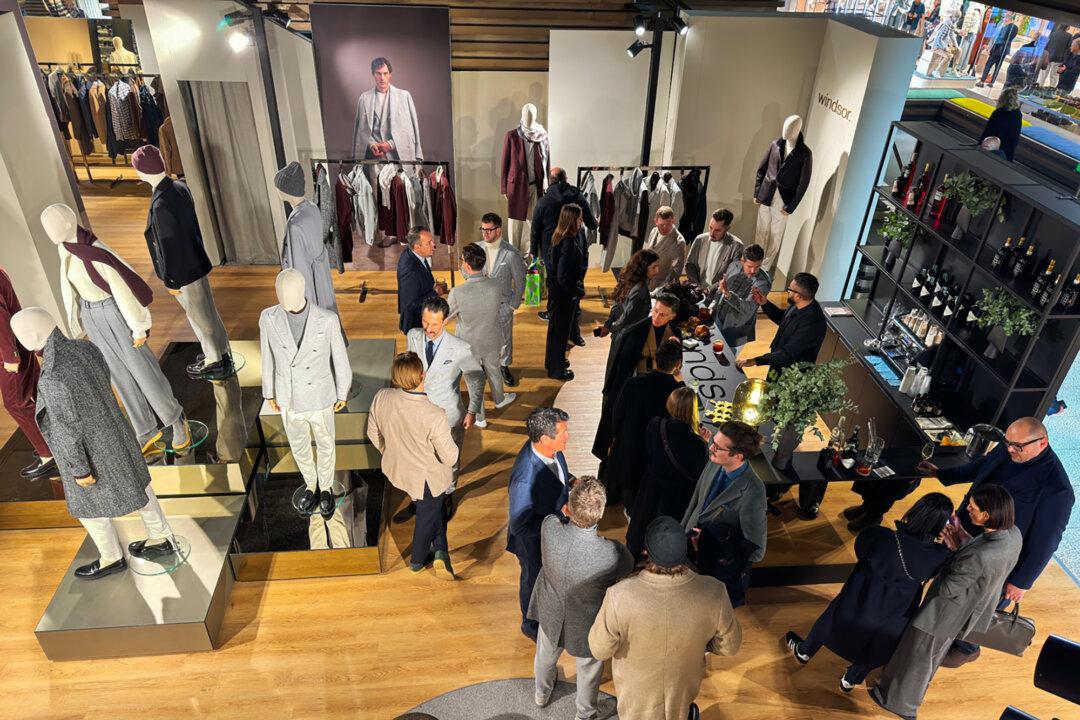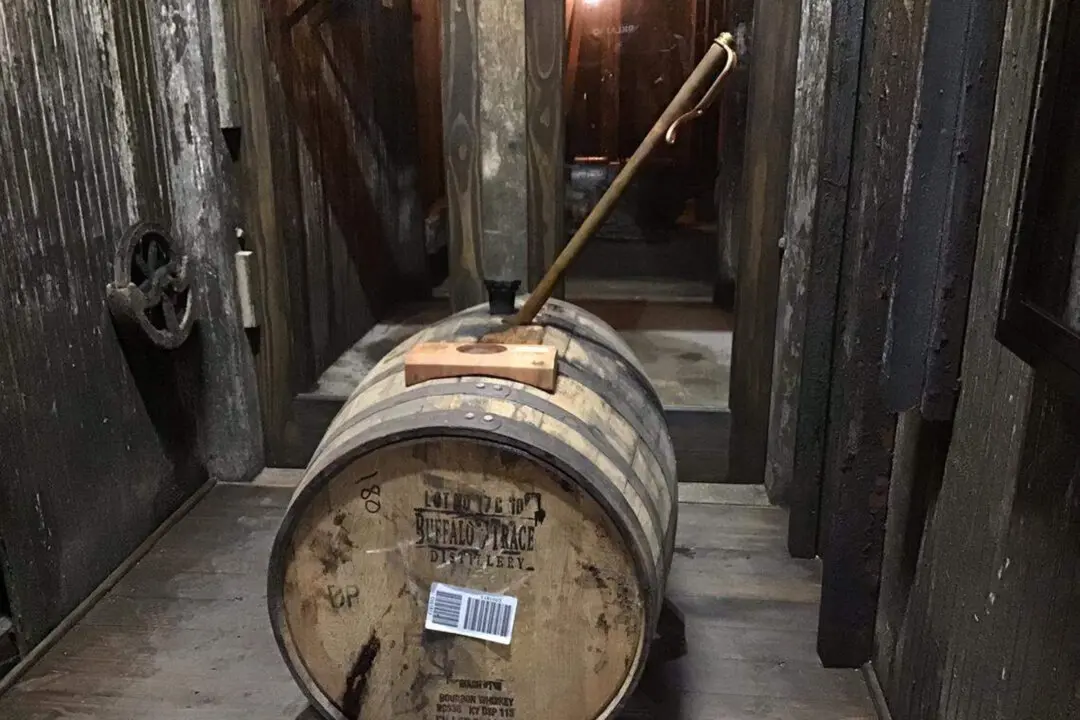By Alan Behr
From Tribune News Service
FLORENCE, Italy—The small, tan taxi hurtled down a Florentine side street too narrow for baton twirling. My driver sliced over the Arno River on one of the city’s short stone bridges, arriving quickly below the Fortezza da Basso—a 14th-century fortress spliced into the former city walls and now looming over the opposite bank like a hibernating bear blocking the road.






